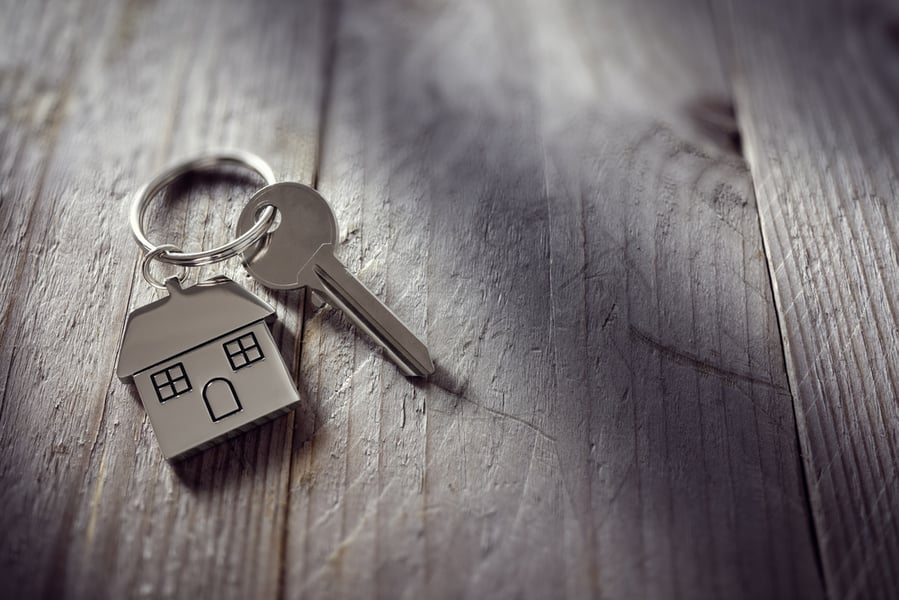The annual rate of rental growth picked up in November, with the cost of a new let across Great Britain rising 1.2% over the last 12 months or 1.6% outside London.

A slower sales market in the South of England has revived the accidental landlord as more people chose to rent their properties out instead of waiting for a sale, findings from Countrywide plc Monthly Lettings Index show.
Compared with traditional landlords, accidental landlords tend to stay in the rental sector for a much shorter period of time.While the average investor owns their rental property for 17 years, the typical accidental landlord rents out their home for an average of just 15 months.Some89% of accidental landlords put their property back up for sale after the first tenant moves out, rather than looking for a new tenant.
Johnny Morris, research director at Countrywide, said: “While most landlords are in the business by choice, the last three years have seen an increase in the numbers letting out a property they had previously tried to sell.With mortgage rates remaining low, these discretional sellers can afford to let their home, while they wait and see what the future holds for the sales market.”
One in12(8.2%) or 80,000 homes that came onto the rental market in 2017 had been up for sale within the previous six months.This is the third consecutive year that this proportion has increased, although it remains below the previous peak in 2010 where 11.2% of homes that came onto the rental market had previously been put up for sale.
London is still the accidental landlord capital of the country. In 2017 12.5% of homes coming onto the rental market had previously been up for sale, the highest figure since Countrywide’s records began in 2007, surpassing the previous 12.1% peak in 2010. With a stronger sales market outside the capital, would-be sellers across the rest of Great Britain are far less likely to put their home up for rent.
The annual rate of rental growth picked up in November, with the cost of a new let across Great Britain rising 1.2% over the last 12 months or 1.6% outside London.
The pickup has been driven by rental growth in London retuning to positive territory, but even so, after falls in eight of the last 12 months, rents in London are growing more slowly than anywhere else in the country.The Midlands (2.8%) and Northern England (2.3%) continue to see the fastest rate of growth.
Morris added: “Rental growth in London is once again positive. Every region of Great Britain now has average rents higher than a year ago.And it likely that relatively low numbers of rental homes coming onto the market will keep rental growth firmly in positive territory.
“But growth remains well below the long run average, with November 2017 three per cent."



